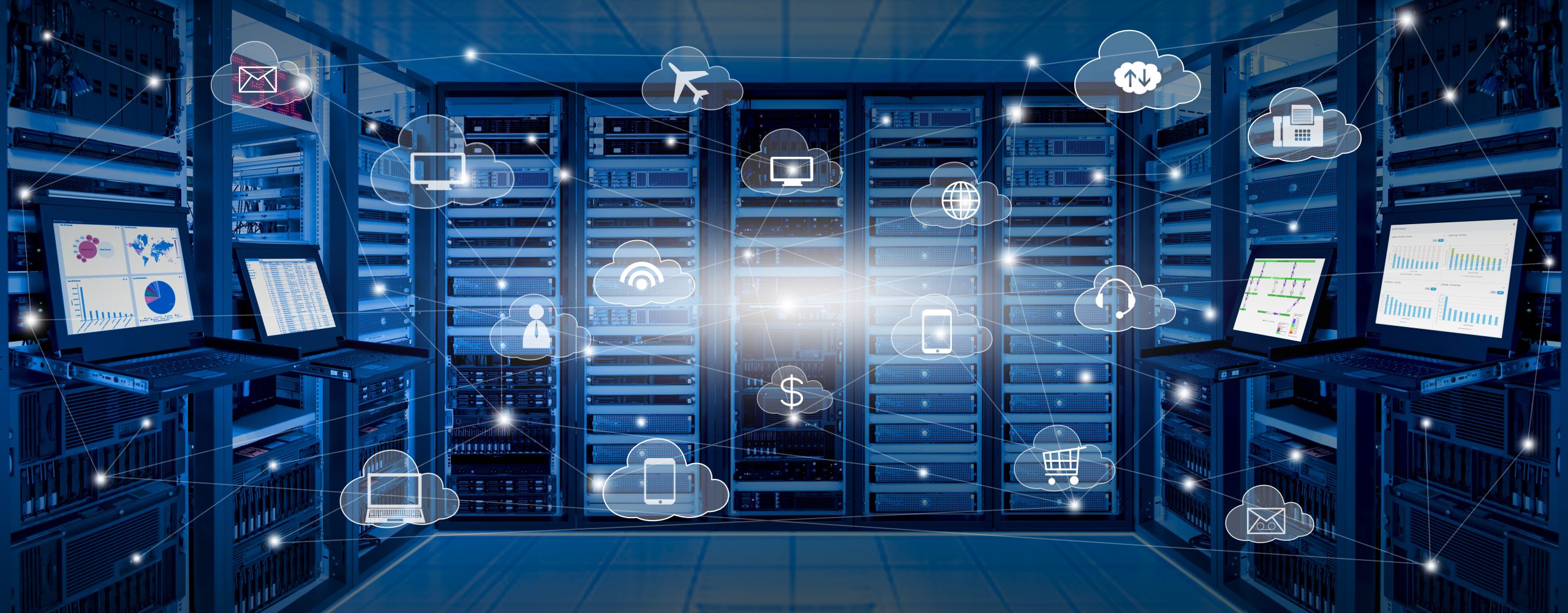
- Posted on
- Brett Osborn
Cloud Computing vs On-Premise Solutions
In today’s rapidly evolving digital landscape, businesses are increasingly faced with a critical decision when it comes to their IT infrastructure – whether to adopt cloud computing or stick with traditional on-premise solutions. Both options have their unique advantages and disadvantages, but understanding the differences between them is crucial in making an informed choice.
Cloud Computing: The Future of IT Infrastructure?
Cloud computing refers to the delivery of various services over the internet, including data storage, servers, databases, networking, software, analytics, intelligence, and more. It offers several benefits:
1. Scalability: Cloud-based solutions can easily scale up or down based on business needs, providing flexibility that traditional infrastructures often lack.
2. Cost-Effectiveness: With cloud computing, businesses only pay for the resources they use, eliminating the need to invest in expensive hardware and maintenance costs associated with on-premise solutions.
3. Reliability & Security: Cloud service providers typically have robust security measures in place and offer reliable uptime guarantees, ensuring business continuity even during disasters.
4. Global Reach: The cloud allows businesses to deploy their applications worldwide without needing a physical presence in each location.
On-Premise Solutions: A Thing of the Past?
On-premise solutions refer to traditional IT infrastructure where all systems are housed within an organization’s physical premises. While they offer complete control over data and operations, they also come with certain challenges:
1. High Costs: On-premise infrastructures require significant upfront investments in hardware, software licenses, and maintenance.
2. Limited Scalability: Scaling up or down can be complex and time-consuming due to the need for additional hardware and configuration changes.
3. Responsibility for Maintenance & Security: Organizations are solely responsible for maintaining their infrastructure and ensuring its security, which can be resource-intensive.
4. Location Dependency: Applications deployed on-premise may not be accessible from remote locations without VPNs or other complex setups.
The Future of IT Infrastructure: A Hybrid Approach?
Given the pros and cons of both cloud computing and on-premise solutions, many businesses are adopting a hybrid approach that combines the best of both worlds. This allows them to leverage the scalability and cost-effectiveness of the cloud while maintaining control over critical data and operations through their on-premise infrastructure.
As we navigate the new age of hybrid work structures, it’s clear that IT infrastructures will continue to evolve. While cloud computing offers compelling benefits, traditional on-premise solutions still have a role to play in certain scenarios. The key is finding the right balance based on specific business needs and priorities.
Remember, in the realm of IT management, staying ahead means embracing innovation while also ensuring reliability and security. Don’t let your business get left behind – explore how cloud computing can transform your IT infrastructure today.

